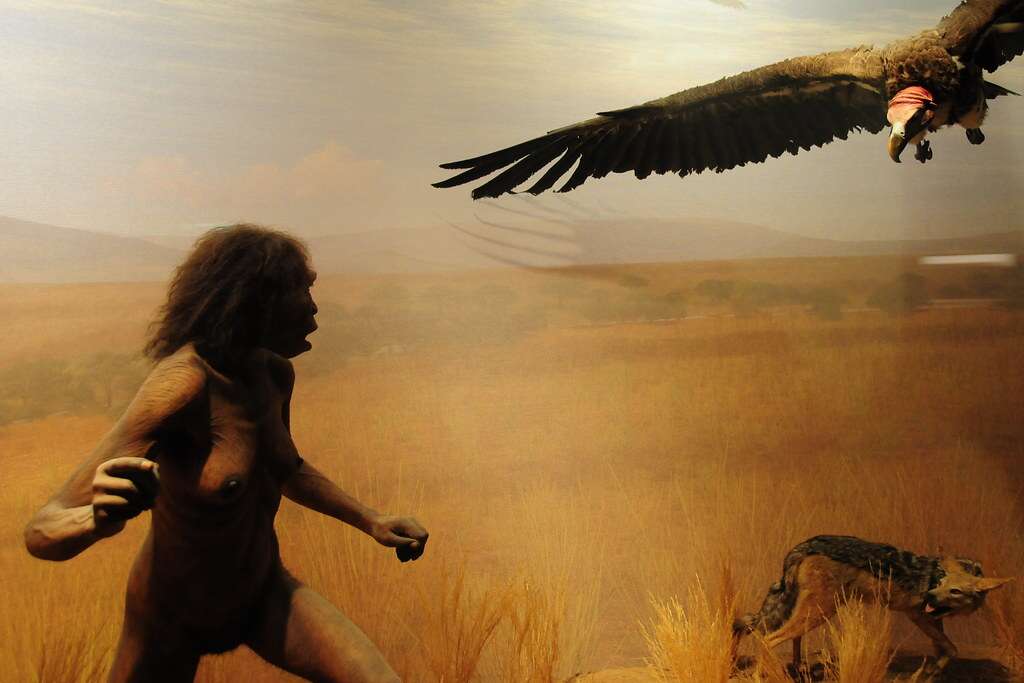

A new study challenges long-held beliefs about humanity’s transition from hunting and gathering to farming, one of the most significant changes in human history.
Traditionally, researchers attributed this transformation to environmental factors such as climate change, rainfall, or fertile river valleys. However, the new study asserts that human interactions played a significantly more active role in this major shift.
For hundreds of thousands of years, humans lived as hunter-gatherers. Around 12,000 years ago, societies began transitioning to farming, a change that would reshape civilization.
This transition has been widely discussed, however the new study presents a fresh perspective on how this change unfolded.
Researchers from the University of Bath, the Max Planck Institute for Evolutionary Anthropology in Germany, the University of Cambridge, and University College London collaborated on a mathematical model that challenges earlier views of this transition.
The argument is that both environmental factors and interactions between hunter-gatherers and farming societies influenced the shift to farming.
The study shows that human societies were active participants in the process, with population growth and mortality rates—driven by competition between the two groups—playing a significant role in shaping the development of agriculture.
The competition facilitated the dissemination of farming practices across various regions, alongside migration and cultural exchanges.
Using a model initially designed to study predator-prey interactions, the researchers analyzed how early farmers and hunter-gatherers influenced each other.
The findings suggest that early farming societies spread through migration and competition. As farmers moved into new territories, they interacted with hunter-gatherers, reshaping how these groups lived and worked with their environment.
Dr. Javier Rivas from the Department of Economics at the University of Bath emphasized the importance of this approach. “Our study provides a new perspective on prehistoric societies,” he said.
Humans were apex predators for two million years
Humans specialized in hunting large animals, and we ate little else but meat
Only large animal extinction led to eating more plant foods and eventually, farming
Any theory that meat is harmful ignores this most basic fact pic.twitter.com/s91pRERqDG
— P.D. Mangan Health & Freedom Maximalist
(@Mangan150) January 22, 2025
“By statistically fitting our theoretical predator-prey model to observed population dynamics inferred from radiocarbon dates, we explored how population growth shaped history and uncovered interesting patterns – such as how the spread of farming, whether by land or sea, influenced interactions between different groups. More importantly, our model also highlights the role of migration and cultural mixing in the rise of farming.”
The researchers plan to build on their model by adding more data and testing it across larger regions.
They hope their methods will eventually become a standard tool for understanding how populations interacted in the past and how humanity evolved from hunting and gathering to farming, offering new insights into other key historical moments.
Dr. Rivas concluded, “We hope the methods we’ve developed will eventually become a standard tool for understanding how populations interacted in the past, offering fresh insight into other key moments in history, not just the shift to farming.”
The findings underscore the active and complex role humans played in shaping history, offering a new perspective on the ancient transition to agriculture.
